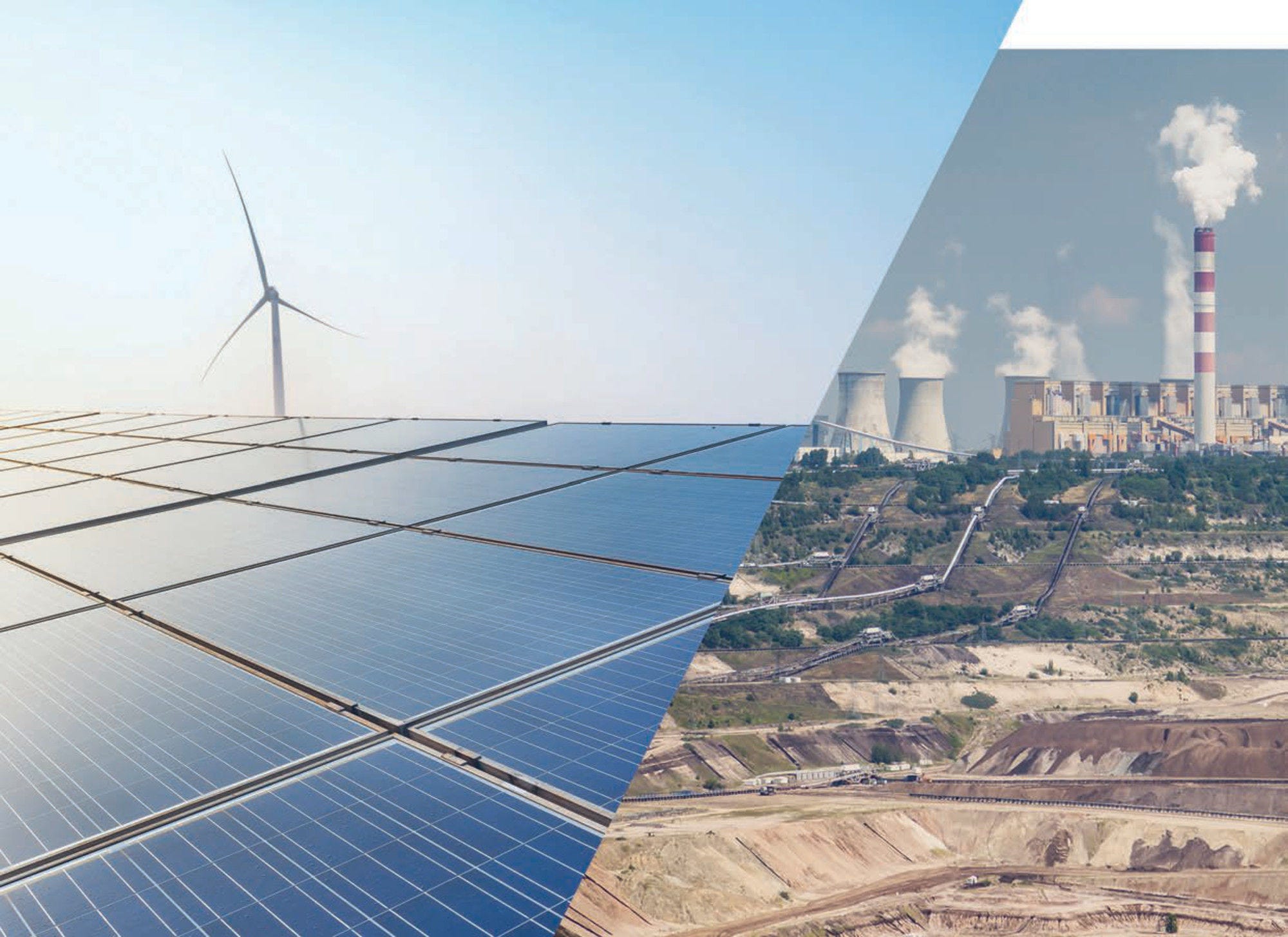Carbon pricing very effectively encourages the shift of production and consumption choices towards low and zero carbon options that is required to limit climate change. Are countries using this tool to its full potential? This report measures the pricing of CO2-emissions from energy use in 44 OECD and G20 countries, covering around 80% of world emissions. The analysis takes a comprehensive view of carbon prices, including fuel excise taxes, carbon taxes and tradable emission permit prices. The "carbon pricing score" measures how close the 44 countries, together as well as individually, are to the goal of pricing all energy related carbon emissions at current and forward-looking benchmark values for carbon costs. The report highlights the structure of effective carbon rates across countries and sectors in 2018 and discusses change compared to 2012 and 2015. It also provides an outlook on recent trends in emissions trading in China and the European Union.
Effective Carbon Rates 2021

Abstract
Executive Summary
In the past few decades, heat waves have become hotter, storms more severe, and droughts drier. Extreme weather events occur more often and are more severe because temperatures are rising. The increase in temperatures is the consequence of greenhouse gas emissions, including the carbon emissions from fuel combustion. These gases create a greenhouse effect by which the planet overheats, slowly but constantly. We fuel climate change by burning high carbon fuels.
Left unchecked, climate change will have dire consequences, much worse than what we are beginning to experience. However, by reducing greenhouse gas emissions decisively and phasing them out eventually, countries can stabilise the climate and manage its impact on economies, improving at the same time air and water quality. There are many ways to achieve this, for example renewable energy, green hydrogen and zero-carbon building material, and being more mindful with carbon-intensive activities.
Carbon pricing encourages the required shift of production and consumption decisions towards low and zero carbon options very effectively. Based on data from earlier OECD publications on Taxing Energy Use and Effective Carbon Rates a well-published academic paper finds that an increase of the ECR by EUR 10 per tonne CO2 reduces emission by 7.3% on average over time. Recent increases in the ECR in the United Kingdom´s electricity sector, as well as in the European Union Emissions Trading System (EU ETS) were also accompanied by a strong decline in emissions. There are also other policy instruments, but carbon pricing is very important, because it creates strong incentives by itself and because it increases coherence across climate policy packages.
This study highlights how 44 OECD and G20 countries, which together account for about 80% of global carbon emissions from energy use, price carbon emissions from energy use. Specifically, it describes Effective carbon rates (ECRs), which summarise how countries price carbon through fuel excise taxes, carbon taxes and emissions trading systems.
In each of the 44 countries, the ECRs are measured for six economic sectors: industry, electricity generation, residential and commercial energy use, road transport, off-road transport, and agriculture and fisheries. The report highlights the structure of effective carbon rates across countries and sectors in 2018 and discusses change compared to 2012 and 2015. Detailed information on ECRs by country and sector for the years 2018, 2015 and 2012 is available on OECD.STAT. The report also provides an assessment of major developments since 2018, namely the impact of more ambitious emissions trading in China and the EU.
The report discusses progress with carbon pricing against three benchmarks. The first benchmark, EUR 30 per tonne of CO2, is an historic low-end price benchmark of carbon costs and a minimum price level to start triggering meaningful abatement efforts. The second benchmark, EUR 60 per tonne of CO2, is a forward looking 2030 low-end and mid-range 2020 benchmark. The third benchmark, EUR 120 per tonne of CO2, is a central estimate of the carbon costs in 2030. For the presentation of key results, the report focuses on the EUR 60 per tonne CO2 benchmark. The Effective Carbon Rates database on OECD.STAT shows results for all three carbon pricing benchmarks.
The Carbon Pricing Score (CPS) answers the question of how far countries have attained the goal of pricing all energy related carbon emissions at the three benchmarks for carbon costs or more. The more progress a country has made towards the relevant benchmark value, the higher the CPS. For example, a CPS of 100% against a EUR 60 per tonne CO2 benchmark (CPS60) means that a country or the group of countries prices all carbon emissions from energy use at EUR 60 or more. A CPS of 0% means that the country prices no emissions at all. An intermediate CPS between 0% and 100% means that some emissions are priced, but that not all emissions are priced at a level that equals or exceeds the benchmark.
Key findings
Overall progress with carbon pricing remains modest
Around 60% of carbon emissions from energy use in OECD and G20 countries remained entirely unpriced in 2018.
The 44 OECD and G20 countries together have not even reached a fifth of the goal to price all emissions at least at EUR 60 per tonne CO2 (i.e. the CPS60) in 2018.
Less than a quarter of the countries studied are more than halfway to the EUR 60 benchmark, and just three countries achieved more than two-thirds of the benchmark in 2018.
Progress between 2015 and 2018 differs across countries
A number of countries improved their carbon pricing performance significantly. For example, the top ten performing countries in 2018 progressed by around 6 percentage points towards the EUR 60 benchmark.
By contrast, the ten countries that scored lowest in terms of the EUR 60 benchmark in 2018 showed no improvement since 2015.
Carbon pricing performance varies across sectors
Effective carbon rates are particularly low in the electricity and the industry sectors.
In the residential and commercial sector, there is significant heterogeneity, where a handful of countries are 70% along the way towards pricing all carbon emissions at EUR 60 per tonne of CO2 or more, but with very low carbon prices in other countries.
Fuel excise taxes dominate effective carbon rates
Across countries, taxes represent 93% of the overall effective marginal carbon rates and emissions trading systems account for 7%. Fuel excise taxes, which usually are not primarily motivated by climate objectives, account for 89% of effective marginal rates. Carbon taxes represent only 4%.
Accounting for free allocation of emission permits in emissions trading systems, emission permits only contributed 3% of the effective average carbon rate.
Conclusions
Countries that increase their carbon pricing scores improve alignment of carbon prices with the costs of emissions to society and move towards a greener growth path
While no country has yet reached the goal to price all its carbon emissions at low-end estimates of carbon costs, countries with higher carbon pricing scores are more carbon efficient. In addition, countries that increase their carbon pricing scores also become more carbon efficient.
In the same series
Related publications
-
 25 July 2024
25 July 2024









